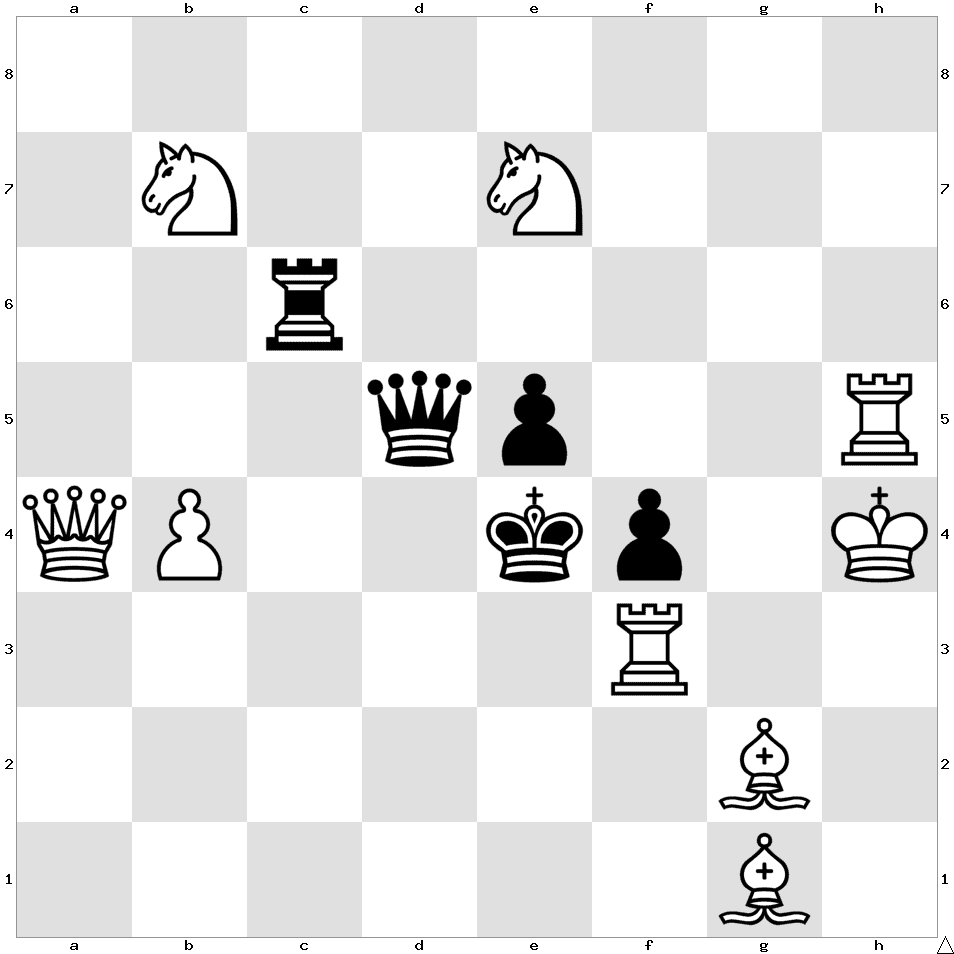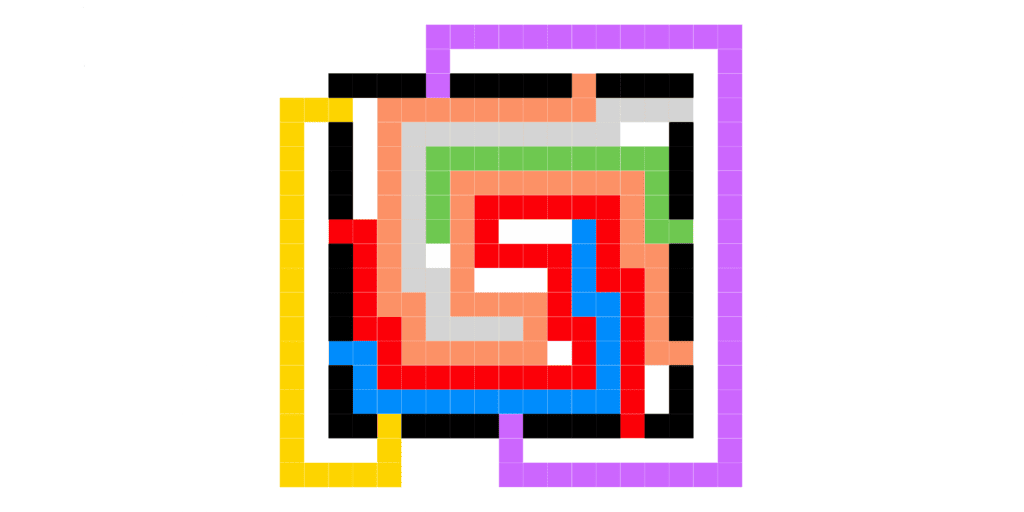Lost In the Forest
You are lost in the middle of a forest, and you know there is a straight road exactly 1 km away from you, but not in which direction. Can you find a path of distance less than 640 m which will guarantee you to find the road?
Imagine there is a circle with a radius of 100 m around you, and you are at its center O. Let the tangent to the circle directly ahead of you be t. Then, follow the path:
- Turn left 30 degrees and keep walking until you reach the tangent t at point A for a total of 100×2√3/3 meters, which is less than 115.5 meters.
- Turn left 120 degrees and keep walking along the tangent to the circle until you reach the circle at point B for a total of 100×√3/3 which is less than 58 meters.
- Keep walking around the circle along an arc of 210 degrees until you reach point C for a total of 100×7π/6 which is less than 366.5 meters.
- Keep walking straight for 100 meters until you reach point D on the tangent t.











